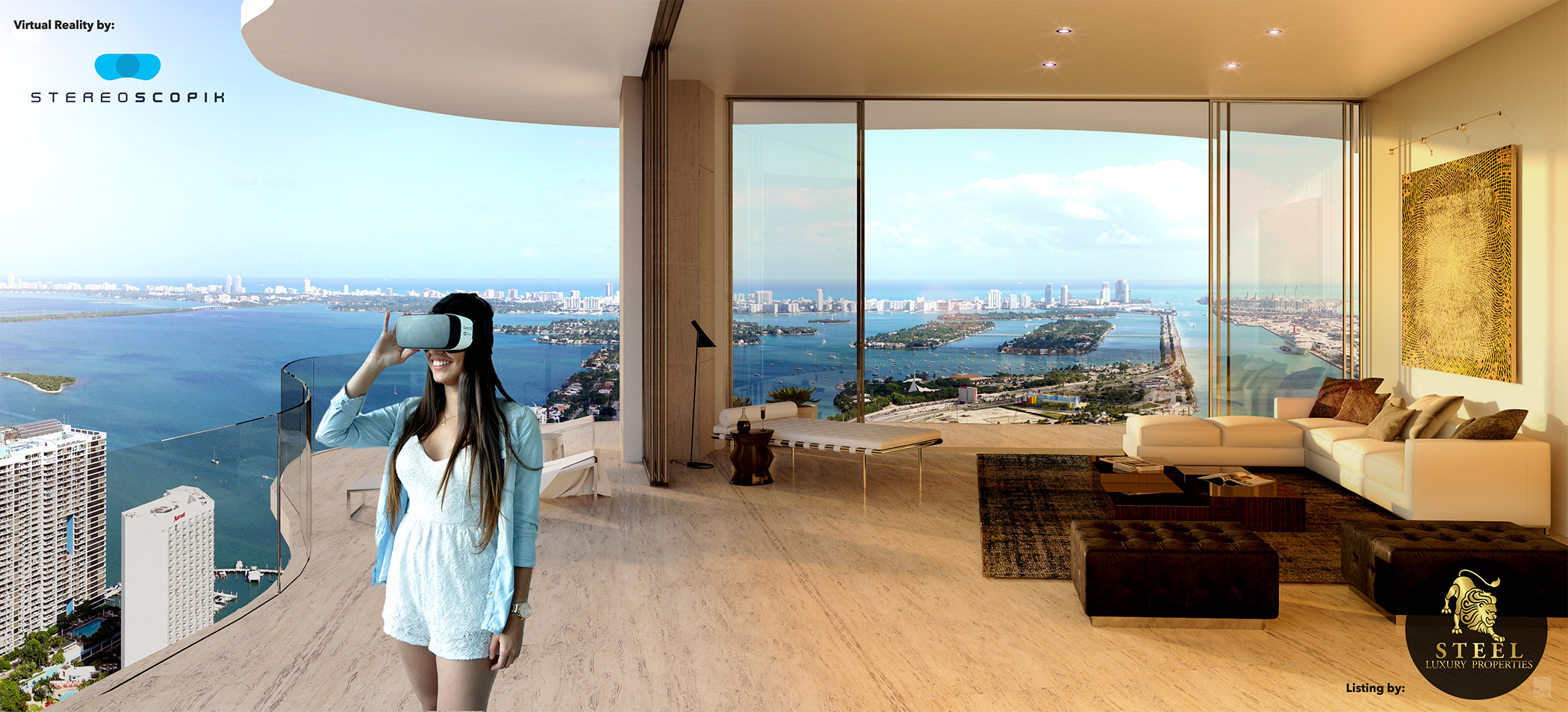

Still, you might ask: Why buy pretend real estate? How does that make any sense? Yes, the metaverse is expected to become “very, very big.” This is the prediction of former Atari CEO Frederic Chesnais, who now heads up the company’s blockchain segment. It’s a fascinating interplay of art, digital design, and property. Investor buyers find virtual properties for sale on the platform’s marketplace, where the parcels might fetch anywhere from a few thousand to a million dollars.

Purchases are highly competitive at Decentraland, a top platform built on the Ethereum blockchain. And, presumably, there aren’t too many worries about deed restrictions and zoning. We can finance more properties, collect rent if we wish, and do all the things with our virtual assets that traditional investors do. In the online world, we can all have gorgeous homes with every feature we can imagine. It’s the kind of game that appeals to our fantasies. Looking back, the concept has pre-crypto forerunners, such as the property acquisitions on Second Life, produced by Linden Lab in 2003. “Very, Very Big”ĭigital real estate is already a big deal. We can expect queries about the risks inherent in virtual property deals that use real money and occur under pseudonyms. Whether regulators are ready to give the go-ahead is another question. The CEO of, Andrew Kiguel, formerly raised funds for traditional REITs. It’s a serious deal with high financial stakes. The Canadian investment company is taking a 50% stake in its real estate shares in order to put the offering together. Next, the Metaverse Group plans to introduce a metaverse-focused REIT (real estate investment trust). Digital maps mark these venues in places like SuperWorld, Somnium Space, Cryptovoxels, Upland, the Sandbox, and, soon to come, Atari. But what is it? Digitally designed real estate could be anything from undeveloped land to malls, mansions, arenas, studios, bars and hotels. On cue, rappers and other celebrities are jumping onto the scene, making the metaverse all the more enticing for their followers. The pandemic almost certainly helped propel this trend, as in-person meetings became difficult, and online social events became normalized. It’s a digital-era mix of design, entertainment, interaction - and monetizing all of the above. To do it all, they’ll also be buying up the cryptocurrencies accepted on the various blockchain platforms where they choose to make their purchases. The teens and twenty-somethings of Generation Z are bound to invest in a culture with both virtual and traditional real estate on offer, right? And, even before that stage, they’ll be ordering virtual (and real) clothes, shoes, vehicles and houses. After all, the narrative goes, they are digital natives. Millennials and younger people, especially, could be hanging out often in these places.

The Allure of the Metaįacebook is one of the best-known tech firms banking on a future of online shopping malls, remote game nights, near-perfect digital concerts featuring real performers, places to meet and greet real people virtually, and ways to interact with friends and family wherever they are on the globe. Now, Facebook plans to hire 10,000 people in Europe to help its proprietary metaverse get out in front. So this is why Facebook has been suggesting that people make all those cartoonish avatars of ourselves? Similar elements feature in Roblox and other online game concepts. By combining real and online worlds, the metaverse, says Facebook, will be “the next evolution in a long line of social technologies.” In October 2021, Facebook changed its name in homage to the metaverse.


 0 kommentar(er)
0 kommentar(er)
